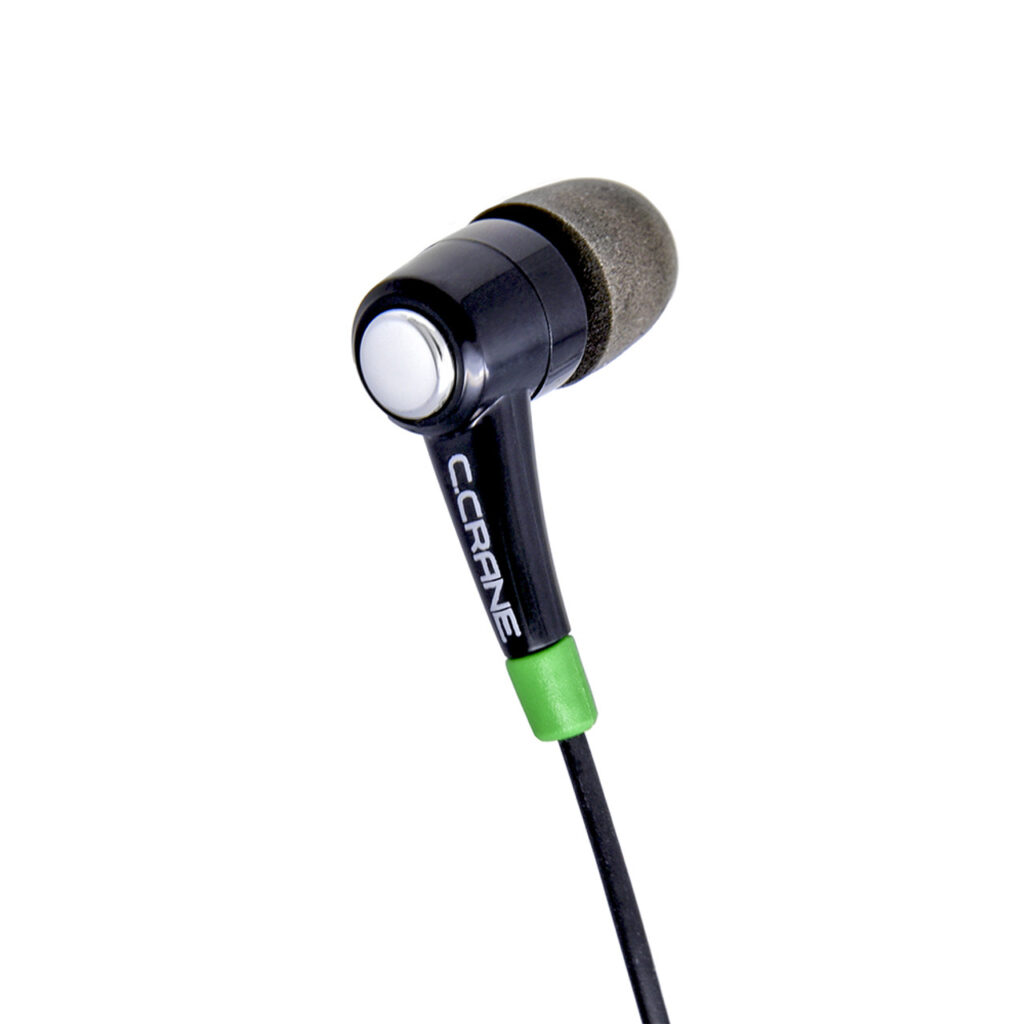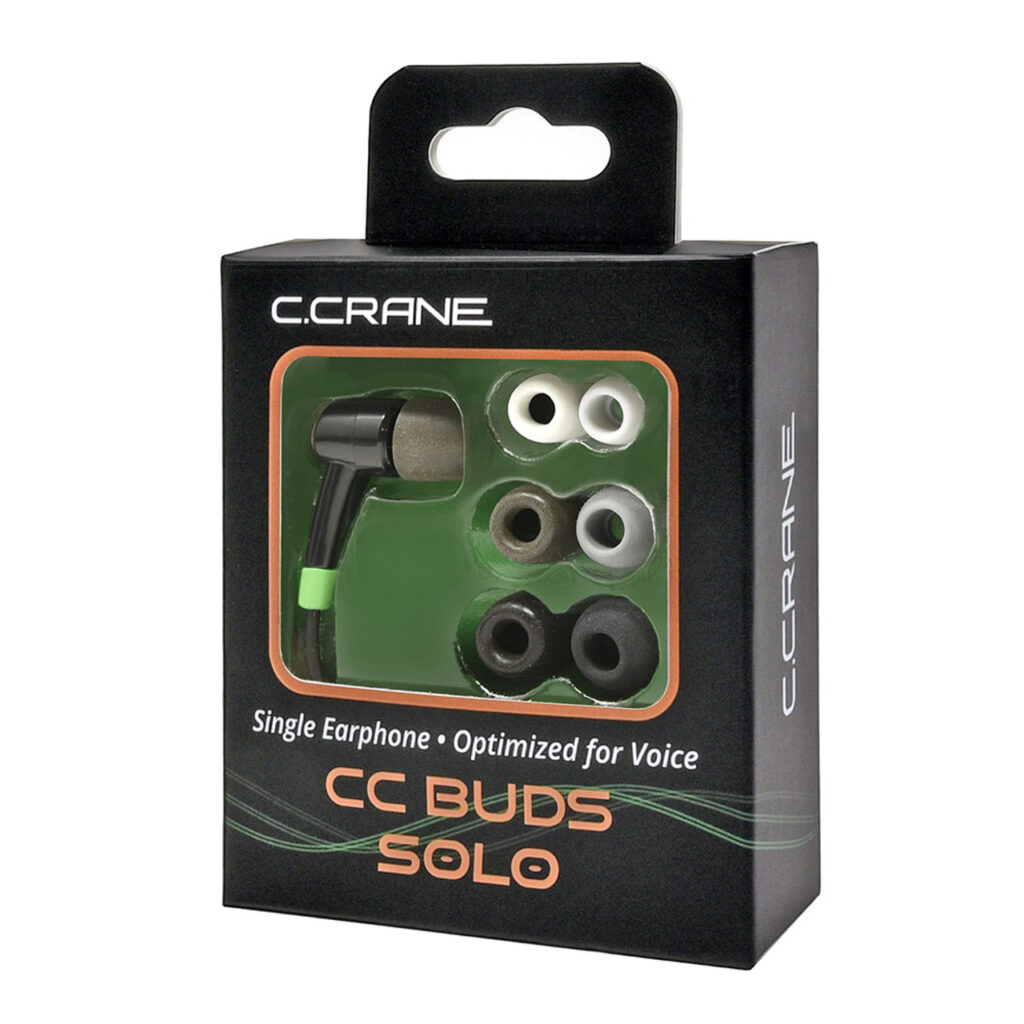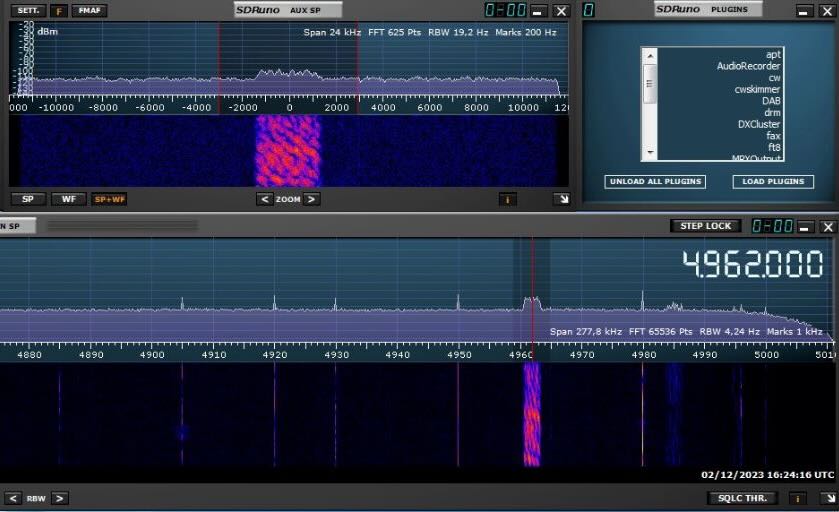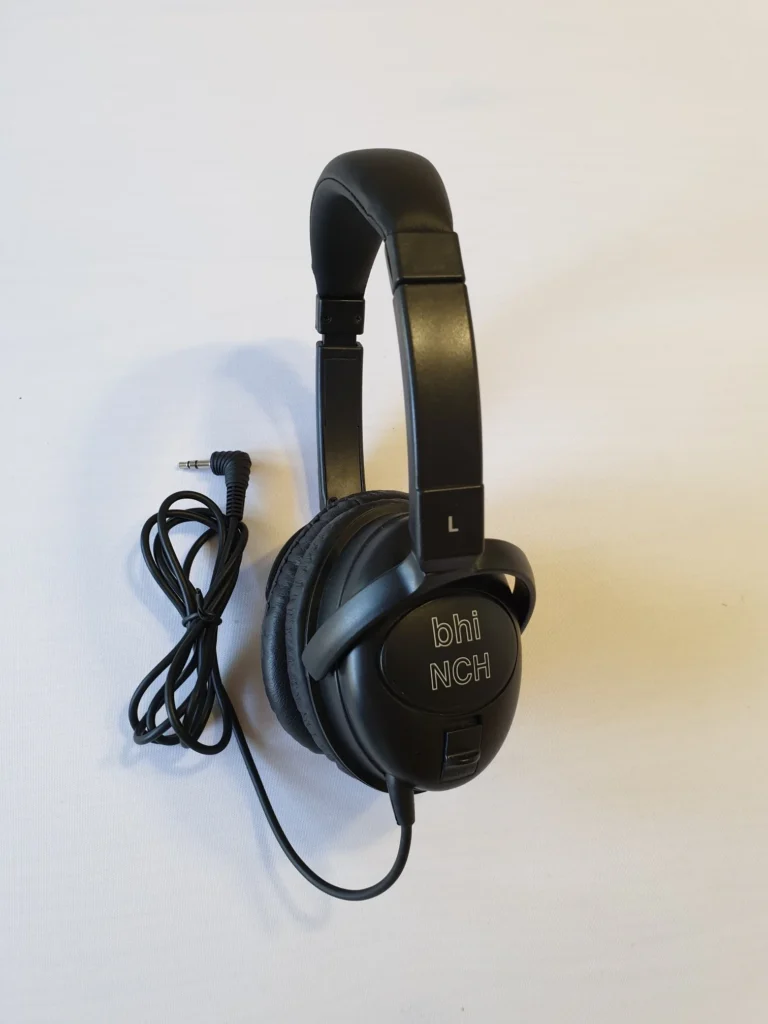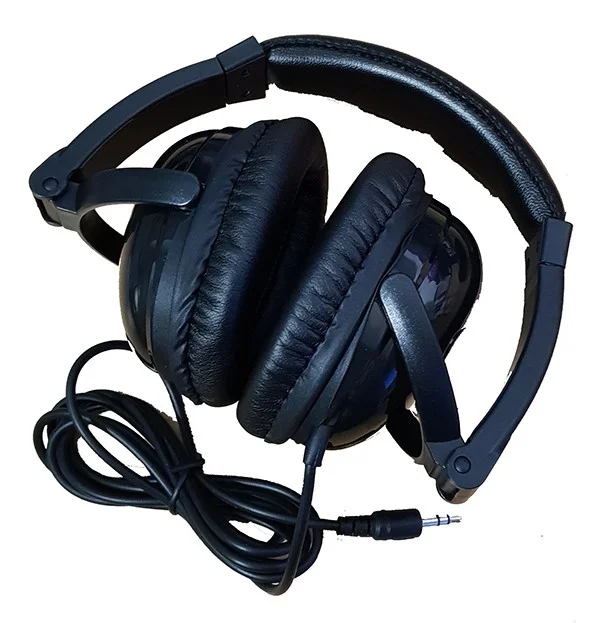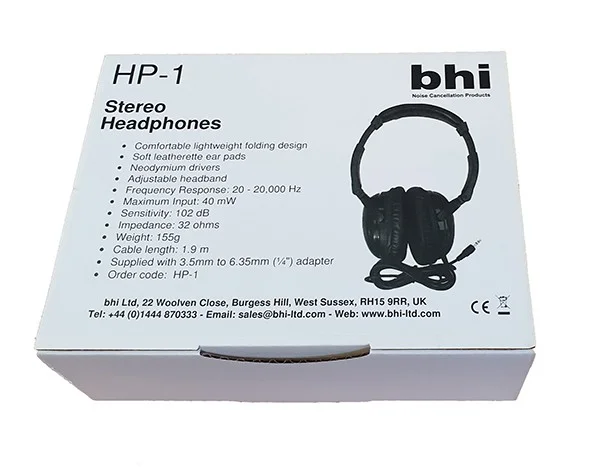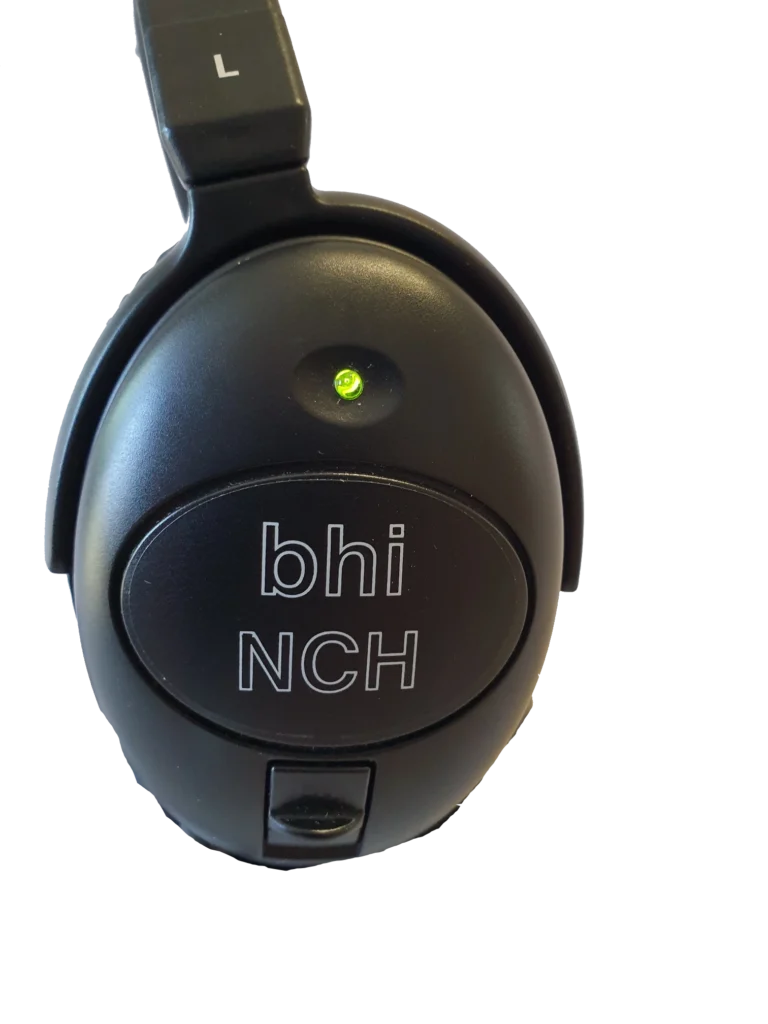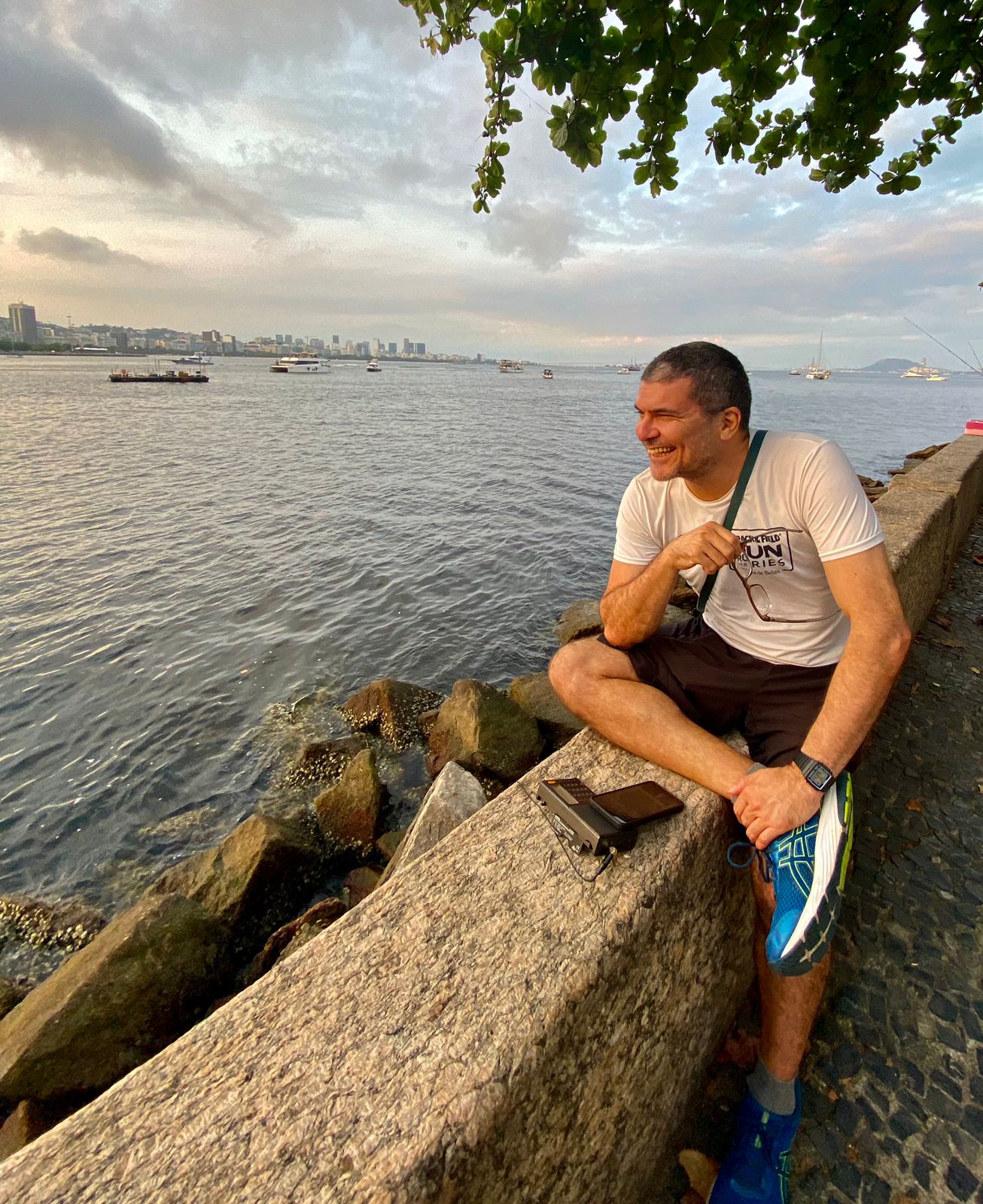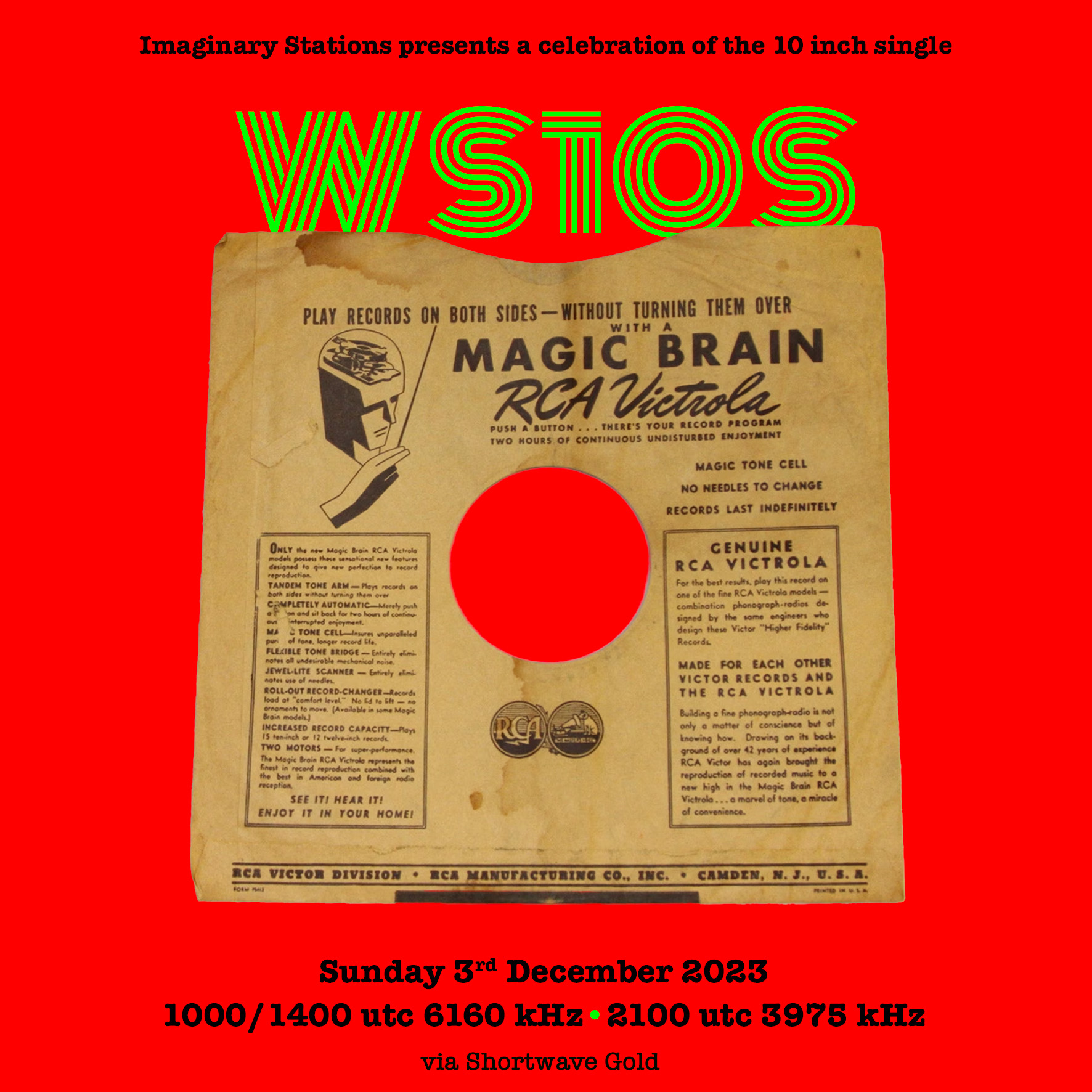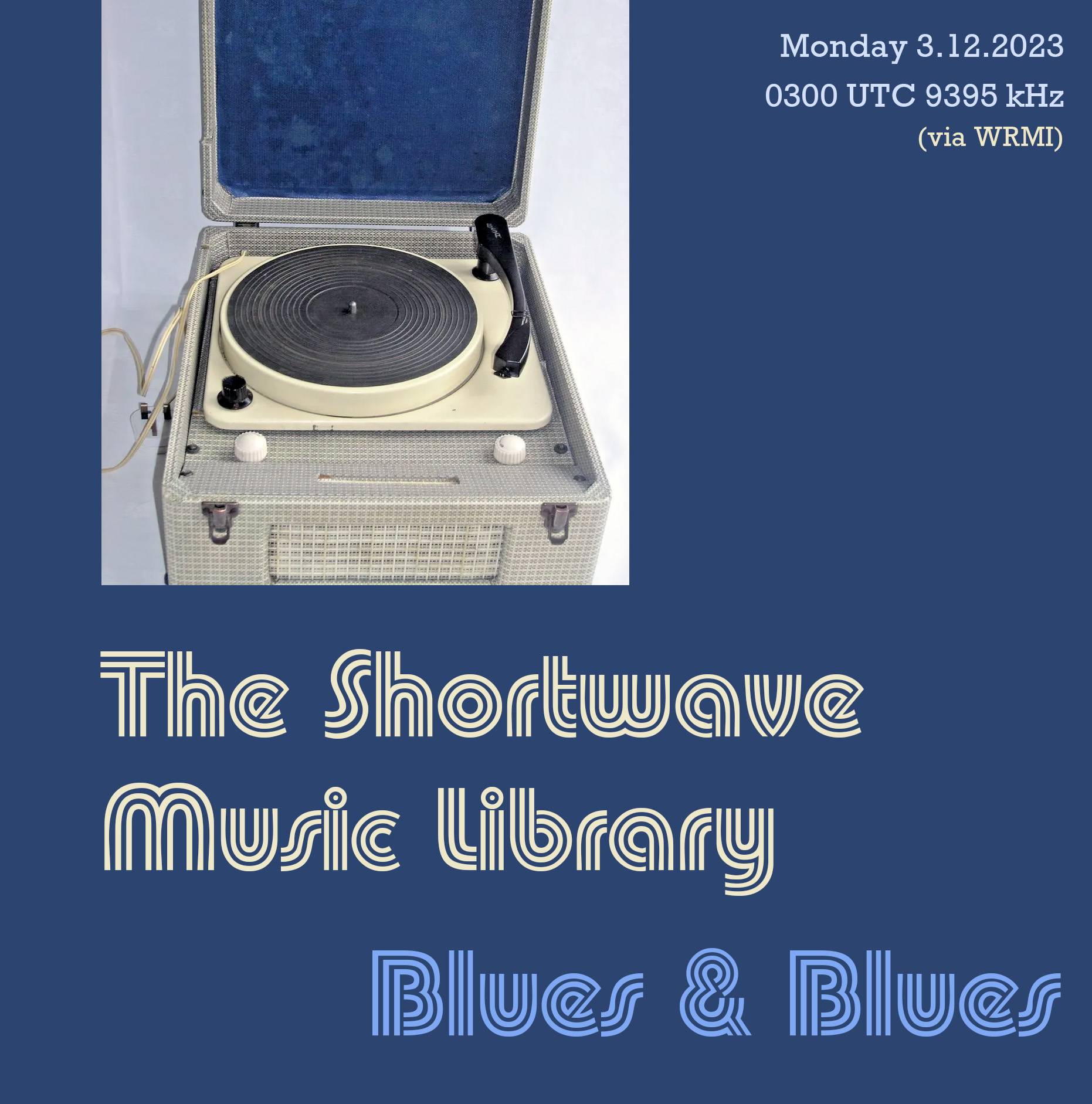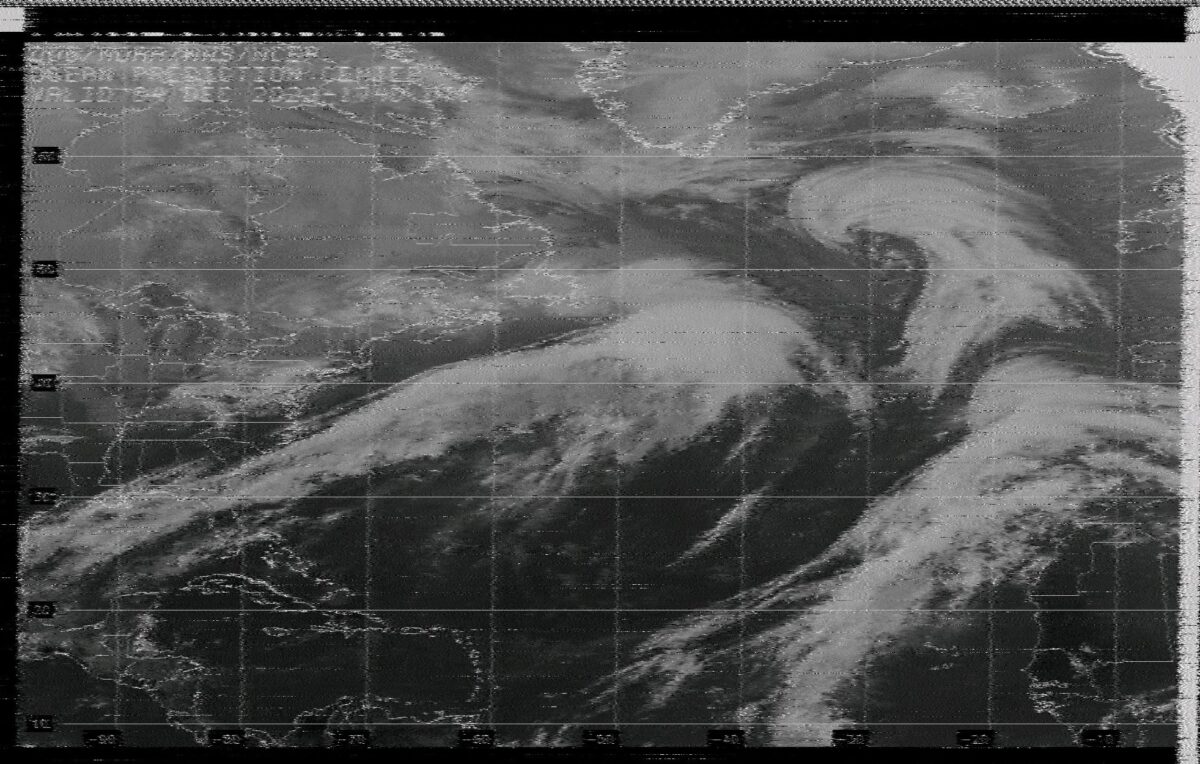 Many thanks to SWLing Post contributor, Carlos Latuff, who shares these recent Radiofax decodes on Twitter:
Many thanks to SWLing Post contributor, Carlos Latuff, who shares these recent Radiofax decodes on Twitter:
Hey Thomas my good man, have a look how good were the NOAA radiofax reception in Urca Beach, Rio de Janeiro, from USCG radio stations in Pt. Reyes, Boston and Honolulu:
Today, between 00h14 and 00h48 UTC, I received at Urca Beach, in Rio de Janeiro, #Brazil, radiofax from @NOAA broadcasted by @USCG in Honolulu, Hawaii, on the frequency of 16135 kHz USB. The only problem with this transmission is that the images were broken in some parts. pic.twitter.com/5geluA5eMv
— Carlos Latuff (@LatuffCartoons) December 5, 2023
Excellent propagation this afternoon at Praia da Urca, Rio de Janeiro, #Brazil, between 23h20 and 23h56 UTC, provided excellent reception of @NOAA radiofax transmitted from the @USCG radio station in Pt. Reyes, California, on the frequency of 22527 kHz. pic.twitter.com/w1zChefEmU
— Carlos Latuff (@LatuffCartoons) December 5, 2023
Gale warning issued today via radiofax by @NOAA for the Gulf of Tehuantepec, #Mexico.
Broadcasted by @USCG in Pt. Reyes, California, received at 22h14 UTC in Urca Beach, Rio de Janeiro, #Brazil, frequency of 22527 kHz USB. pic.twitter.com/ISmnMcMwM0— Carlos Latuff (@LatuffCartoons) December 5, 2023
Excellent propagation this afternoon at Urca Beach, Rio de Janeiro, #Brazil, between 21h15 and 22h02 UTC, provided excellent reception of @NOAA radiofaz broadcasted from the @USCG radio station in Boston, on the frequency of 12750 kHz USB. pic.twitter.com/m5o54U1tod
— Carlos Latuff (@LatuffCartoons) December 5, 2023

